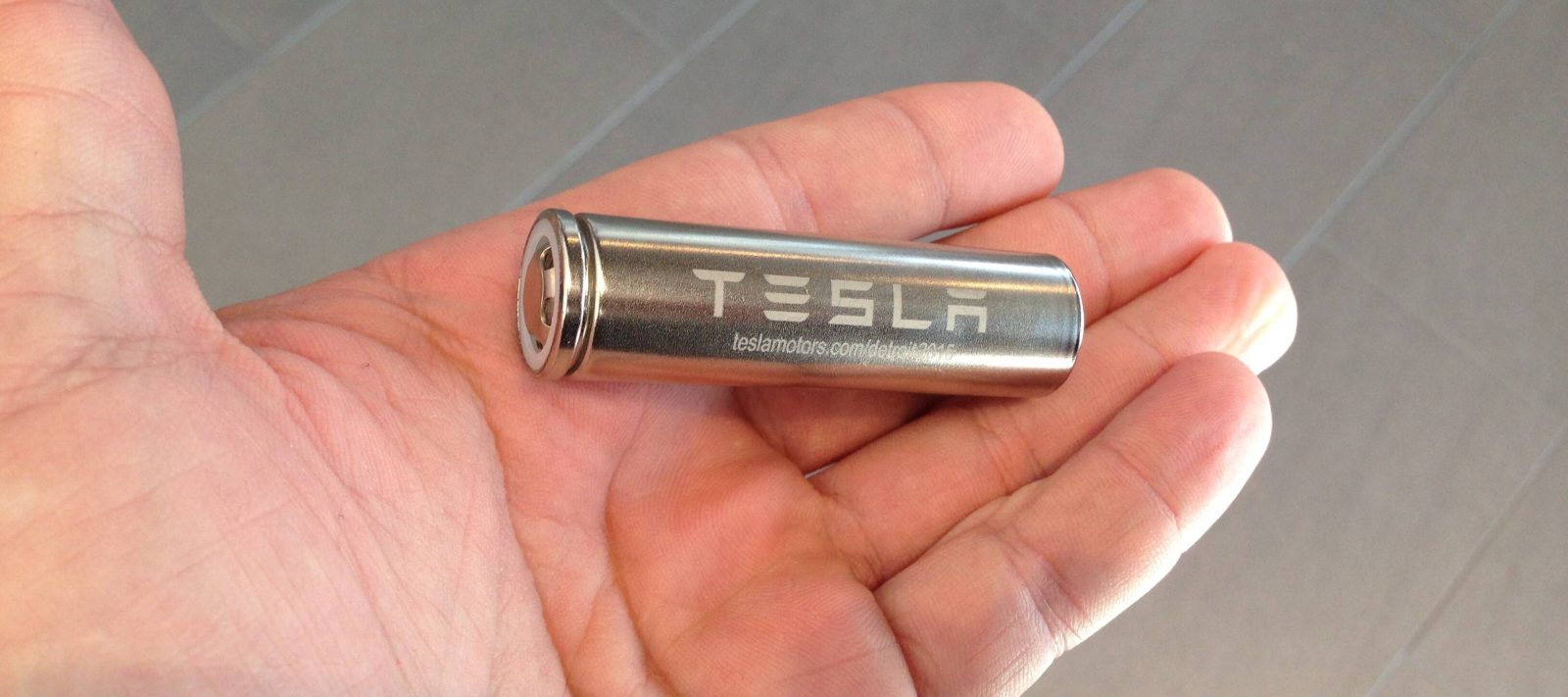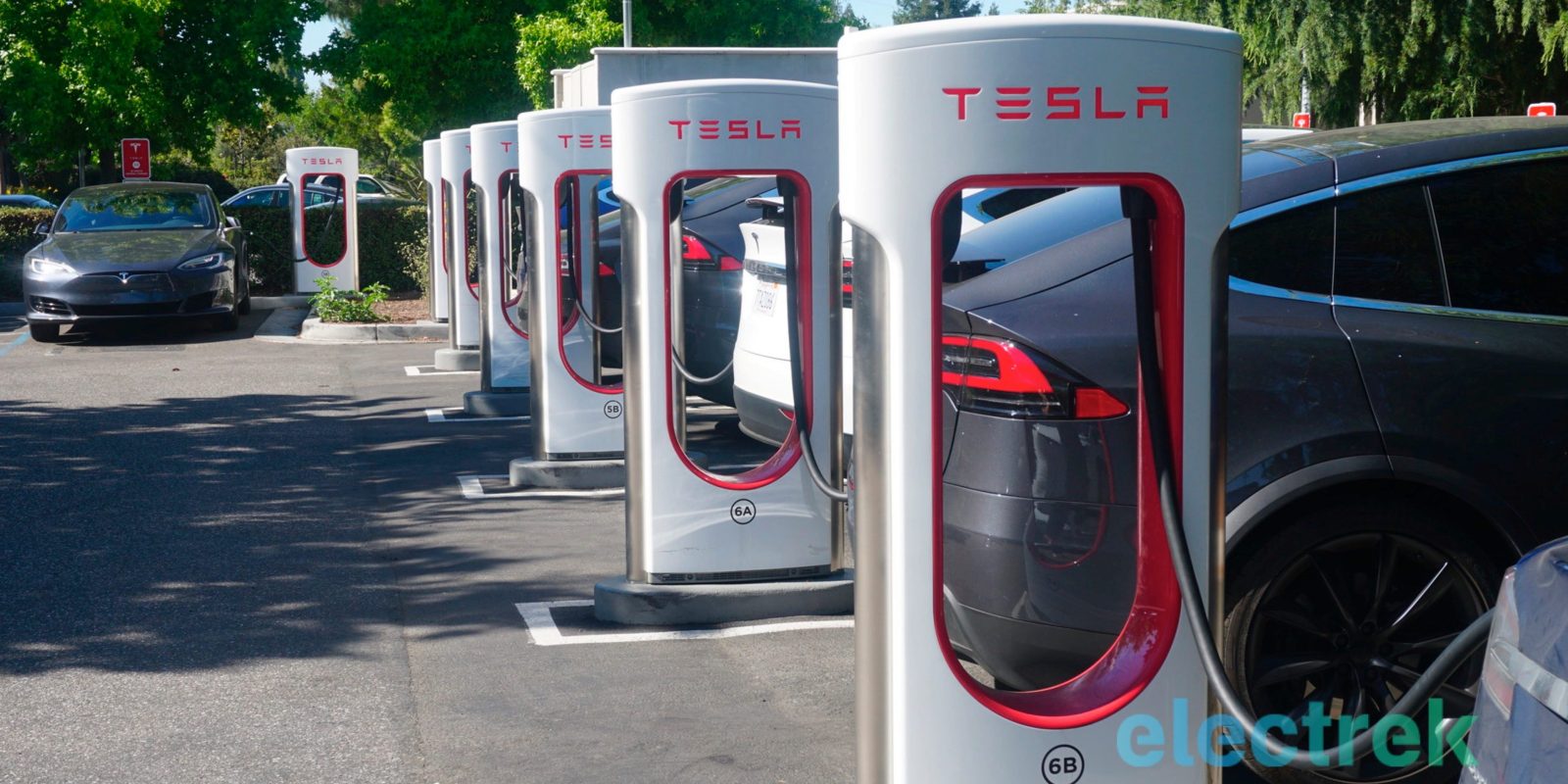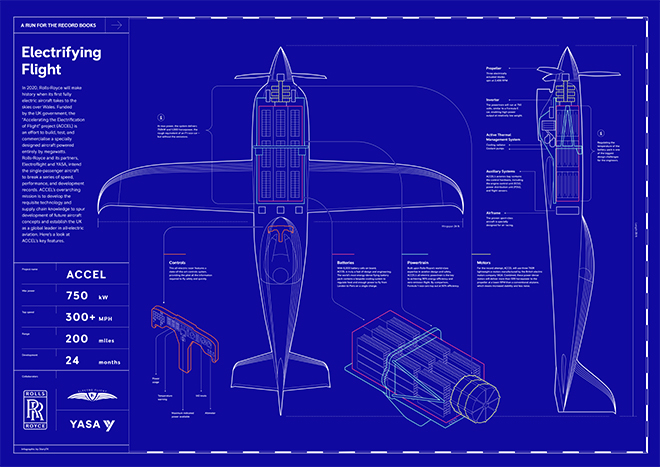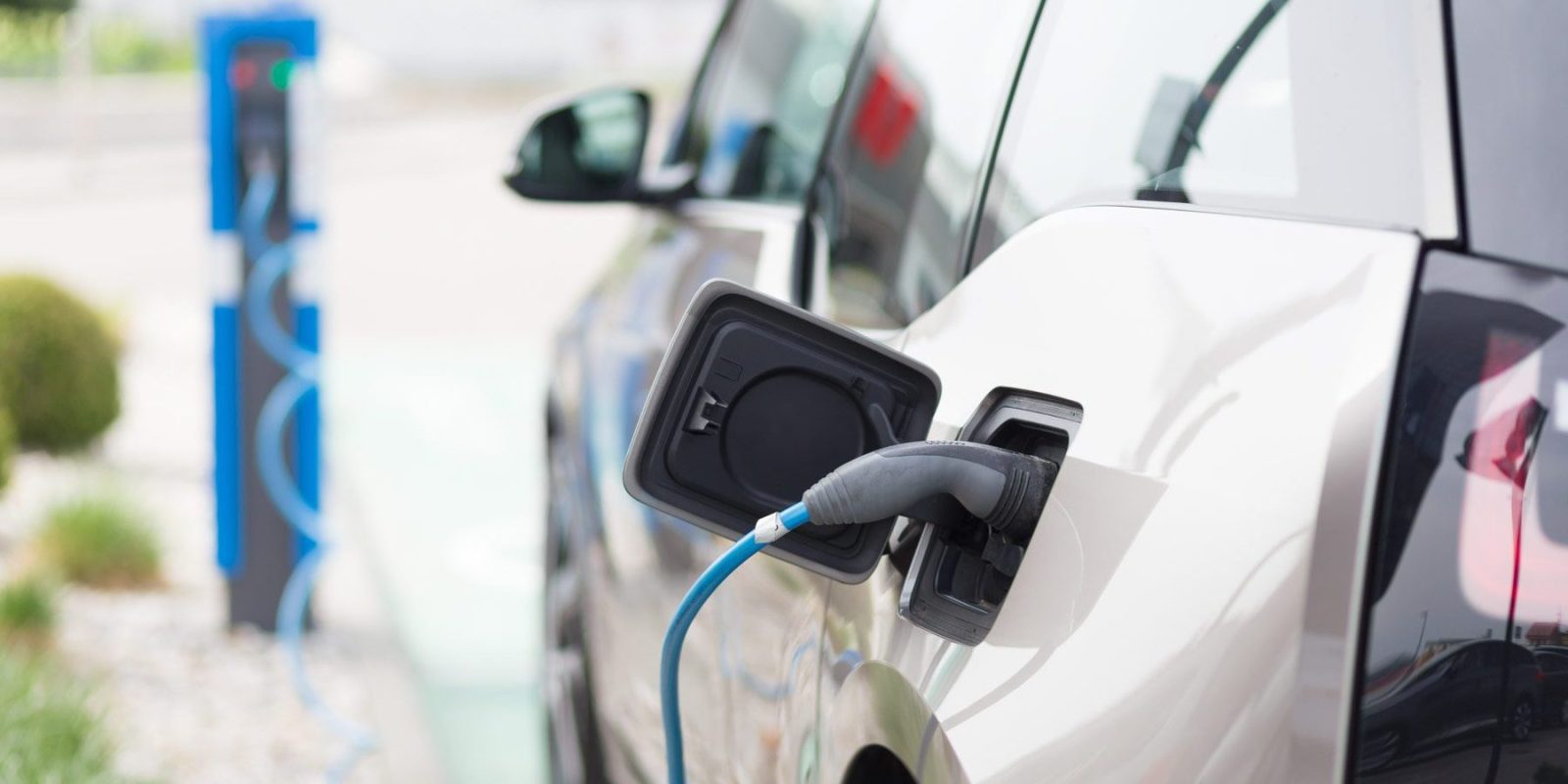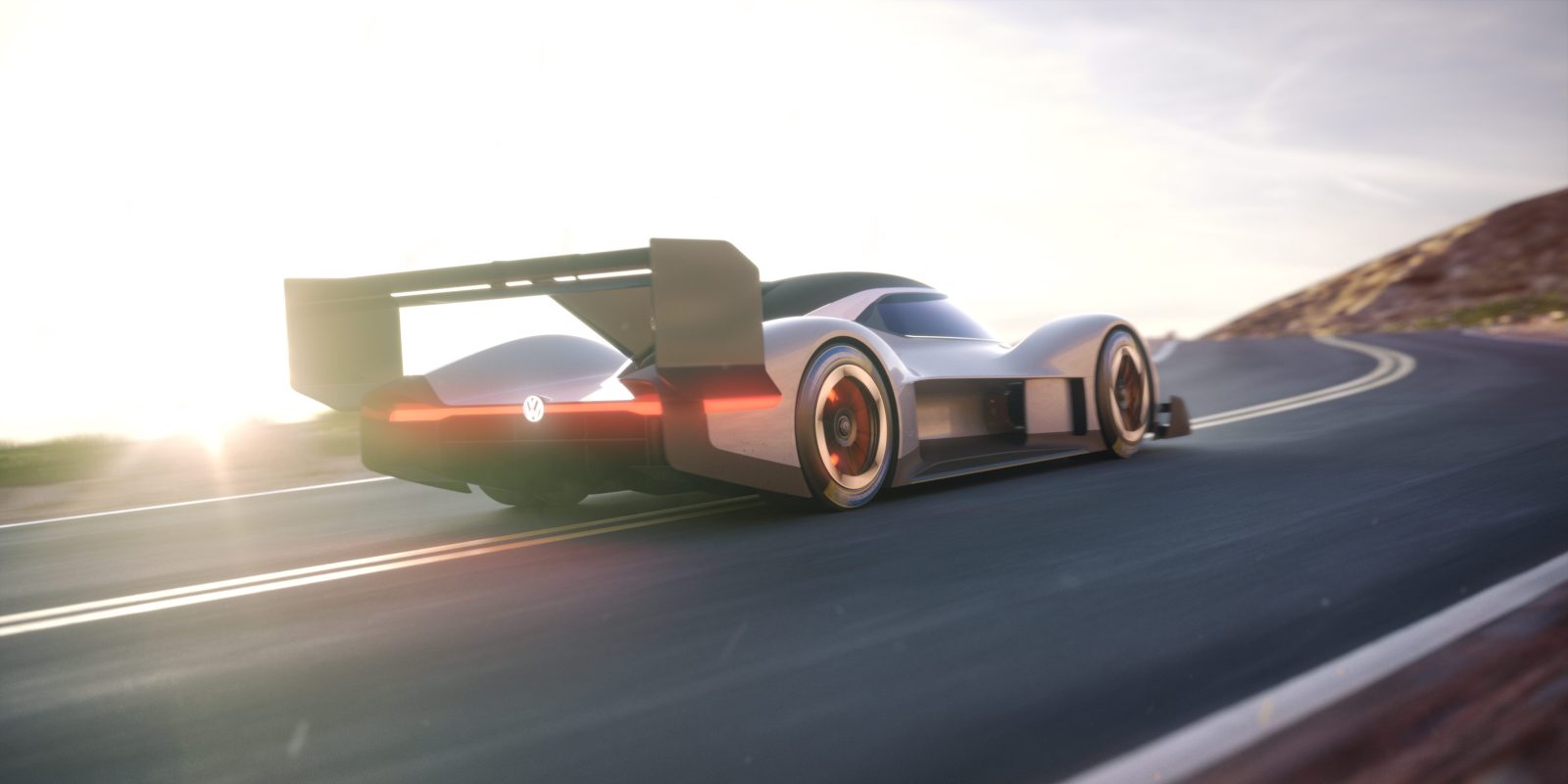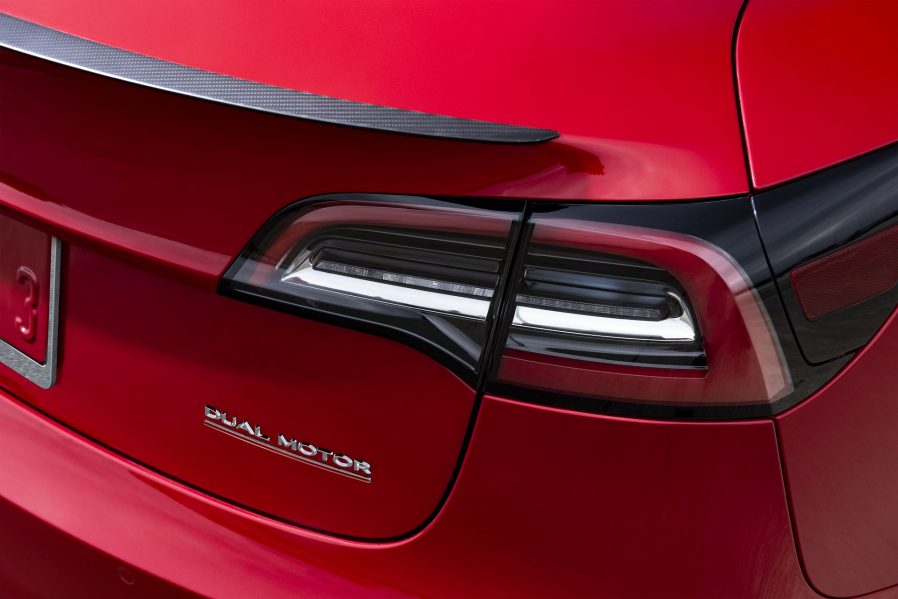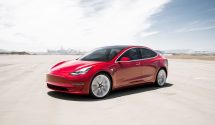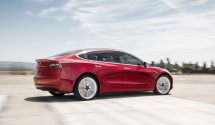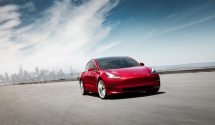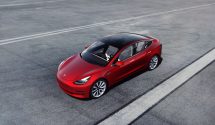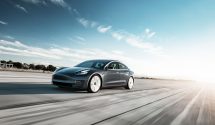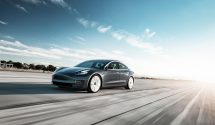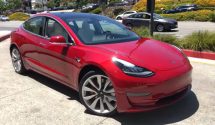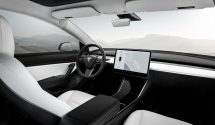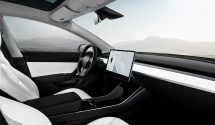Explains how the Model 3 rear motor might work.
Jason Fenske, of the popular Engineering Explained Youtube channel, has traded in his Tesla Model 3. His new car, which he says is a huge improvement, is also a Tesla Model 3. The video above doesn’t just fill us in on why he made the switch. It also gets into the inner workings of the Model 3 rear motor and how that played a part in his decision. We’ll give you a quick synopsis here, though, in case you don’t have the time to watch. (We do recommend it though)
More with Engineering Explained
When Fenske first got his Model 3 Mid Range rear-wheel-drive he seemed pretty happy with it. It was the most affordable version available, yet still boasted a reassuring 264 miles of EPA-rated range. Sure, there were some issues with it upon delivery that weren’t really acceptable, but those could be dealt with. Still, it didn’t quite seem to spark joy like he had thought it would. The problem, it seems, had to do with the acceleration.
The mid-size Tesla sedan uses a unique type of permanent magnet motor. According to Fenske, it is a permanent magnet switched reluctance motor (PMSRM), which has a higher efficiency while costing less. With no AC induction motor on the front axle — used in the all-wheel-drive versions of the car — the Mid Range rear-wheel-drive version lacked that instant torque that is generally the hallmark of electric vehicles.
Fenske tells us this is because a PMSRM has to deal with a unique phenomenon called torque ripple. In order to this from making acceleration feel uneven, power is meted out in a slightly limited fashion. While still capable of a 5.6-second sprint from 0-to-60 miles per hour, the performance edge felt blunted.
The obvious fix to this situation was the one the affable host took. He traded in his car for a Performance variant. As you can see in the video, he is extremely happy with the new car. Besides having much better panel alignment and only a couple very minor paint issues, it gives him that deeply satisfying instant acceleration response he felt was missing. With 310 EPA-rated miles, it also gives his range a significant boost. Then there are the extra features like “track mode.”
Besides the info in the video, Fenske also answered a couple questions in the text of the video description dealing with the price of everything and how he knows he didn’t get special treatment. We’ve added that just below. Enjoy!
Video description:
I Sold My Tesla Model 3 Mid-Range & Bought A Model 3 Performance!
After driving the Tesla Model 3 mid-range, I regretted not opting to upgrade to the Performance AWD Model 3. The Model 3 mid-range features a unique permanent magnet rear motor, which gives it different driving characteristics versus many other electric cars, including the Model S and Model X, which both use induction motors. This video will cover what the differences in the motors are (front and rear), how this affects the driving characteristics of the car, the mechanical differences between the mid-range and Performance, as well as the overall condition that my Tesla Model 3 Performance arrived in.
How Do I Know I Didn’t Get Special Treatment From Tesla With Paint Repair/Car Exchange?
First off, this seems strange to me, but many have asked if I somehow received special treatment with regards to getting paint fixed, ordering the Tesla, delivery, etc. That’s not how Tesla works, nor myself, but here’s how I know that no special treatment was provided:
1. Both previous videos were filmed before either video was released. I took delivery of the Model 3 Performance BEFORE the video about paint scratches went live. Hence, Tesla had not seen that I had publicly posted paint issues until I already had my new vehicle. The paint video was filmed before I had decided I was going to trade-in the Mid-Range.
2. I specifically selected the vehicle which I bought. I called Tesla to find out what was in inventory, and I selected a red M3P from that inventory, with VIN. Tesla did not choose the new car for me.
3. When I received the Mid-Range with paint scratches, I called Tesla SLC for the fix. I had heard horror stories from friends about the process required to get the paint repaired (multiple body shop visits, coming back worse than before, loss in value from repaint, etc) so I decided against getting the repair and asked Tesla if they could compensate me at all for the damaged paint instead of dealing with the hassle of repair shops. I felt $2,500 was an unjustified payment for the red paint if it arrives defective/scratched. Tesla said they would get back to me about this. They never did before trading in the car.
4. I only put 49 miles on the car before calling Tesla to inform them I wanted to exchange it for the Performance. This was outside of the 3-day return window (we had a bunch of snow after I took delivery, so I waited until snow had melted before driving for the video review, thus no 3-day window). Tesla said they might be able to switch the car due to the special circumstances (71 miles on the odometer, typical 3-day window needs mileage under 500). Then, they told me they could not.
How Much Did All Of This Cost?
– I bought the Model 3 Mid-Range in November 2018. $46,000 base price.
– $2,500 red paint option, $1,500 19” wheel option, and $1,200 delivery. Total: $51,200 – $7,500 tax credit. Actual Total: $43,700
– The trade-in value of the Mid-Range was $43,200. A $500 loss. The $7,500 tax credit can only be applied to the first buyer, so it instantly loses this much in value. Essentially, buying used means getting the tax credit up front.
– I bought the Model 3 Performance in December 2018. $64,000 base price.
– $2,500 red paint option, and $1,200 for delivery. Total: $67,700 – $7,500 tax credit. Actual Total: $60,200
– Total Cost To Upgrade To Model 3 Performance: $17,000
Source: YouTube
Source: Electric Vehicle News
